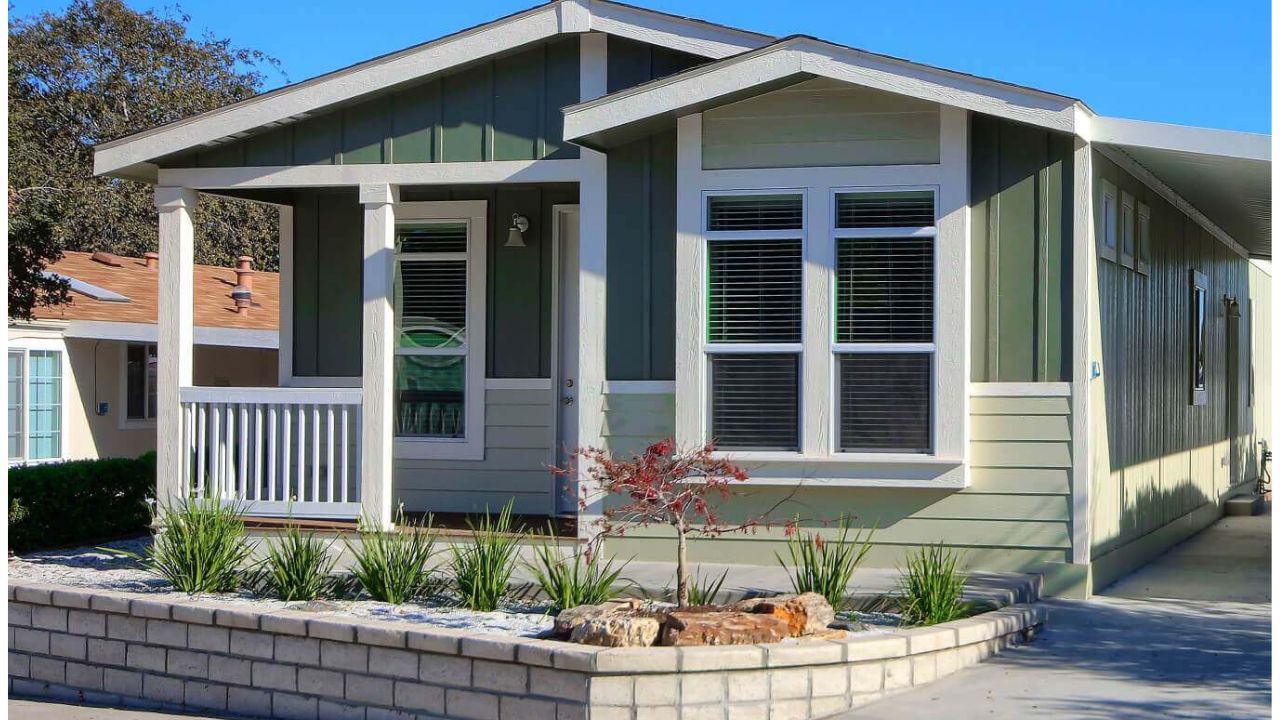Even though you might be tempted to do a maintenance for pool, also remember that you can as well handle other aspect of pool upkeep on your own, hiring a professional pool maintenance service can be quite beneficial though.
It can even help your pool last longer by saving you hours of labor so you can spend more time enjoying your backyard.
For homeowners, having a swimming pool in their yard is a delight. You can enjoy all the benefits that comes with owning swimming pool and the privacy you get, from leisure to exercise.
But maintenance isn’t a soothing task. sinerely, maintaining a swimming pool might require hours of labor. If you don’t maintain your swimming pool properly, it can become quite unhealthy and unclean. It might even sustain serious harm. Never to worry, in this article we have a complete guide on maintenance for pool. Just read on!
Table of Contents
How Do Maintainance for Pool Take Place?
Now that you have everything you need, here are some ideas for using it to keep your swimming pool aesthetically pleasing and in good condition.
Skim the Surface of The Pool
Using a flat skimmer net to skim the surface of a little unclean pool is a first step you’ll need to get used to. Eliminate any leaves, other vegetation, and foreign objects that may have fallen into your pool.
As part of your daily pool maintenance, you should schedule time to perform this to make sure your pool is clean.
Maintenance for pool.
Equipment Required for Cleaning Pools
You’ll need to buy and store the following supplies before you begin cleaning in order to do routine pool upkeep and cleaning.
RELATED: 10 Important Things to Know About Well Water Before Digging
Telescoping Pole
You will spend more than half of your time holding the telescopic pole. Skimmer nets, brushes, vacuum heads, and various combinations of these are just a few of the real pool cleaning tools it may be connected to.
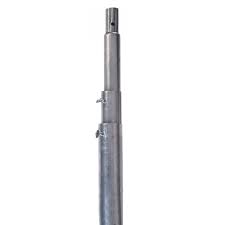
It extends to various lengths, but for easy pool floor and wall cleaning, you should generally choose an 8-foot pole that can reach up to 16 feet.
On Scuba.com, you can find a large selection of telescopic poles. Be sure that your pole is clean and clear of any debris that could pollute your pool before you use it.
Maintenance for pool.
Maintainance for Pool: Using Pool Scrubber
The purpose of the pool brush is to eliminate dirt and algae from the walls, ladders, and floor of the pool before they have a chance to accumulate more. To get started, just fasten this end piece to your telescopic pole. The type of pool brush you require is determined on the material of your pool’s surface.
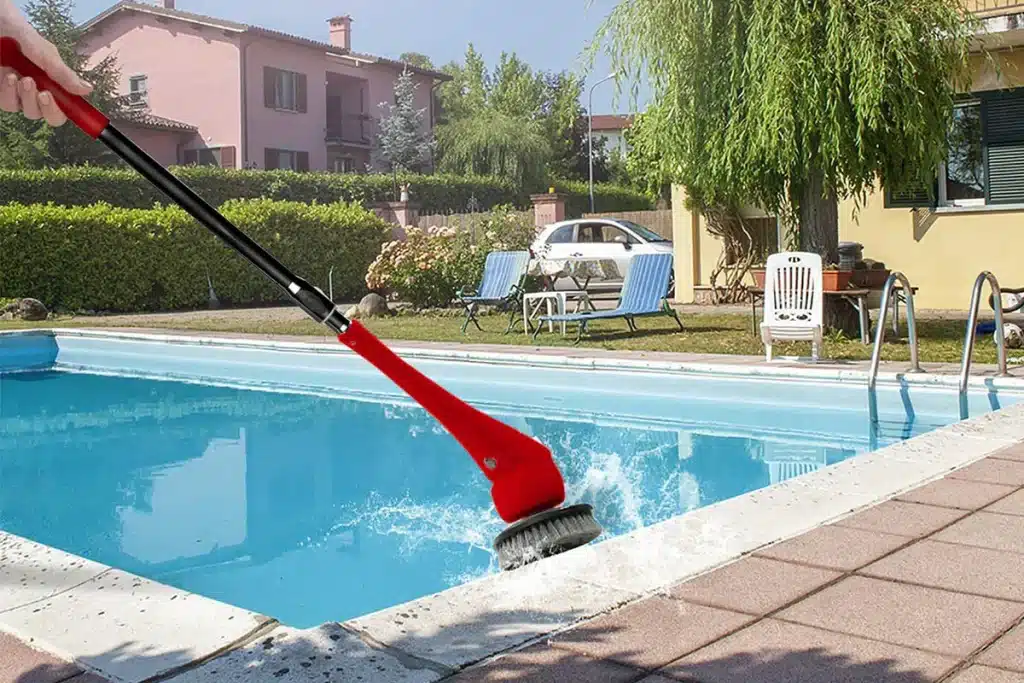
You can use a brush with both nylon and stainless steel bristles for unpainted concrete pools. Simple stainless steel brushes would work well on gunite surfaces. Use nylon-bristled brushes exclusively on vinyl, fiberglass, or painted concrete swimming pools to prevent surface scratches.
You should buy a sturdy pool brush that will withstand wear and tear from friction and exposure to chemicals in the pool, just like the skimmer nets. In order to keep any dirt from being trapped in between the bristles, you must also make sure to clean it off on a regular basis.
Maintenance for pool.
CHECK THIS: How Does Burglar Alarms Work ? An Expert Answer
Maintenance for Pool: With Manual Suction
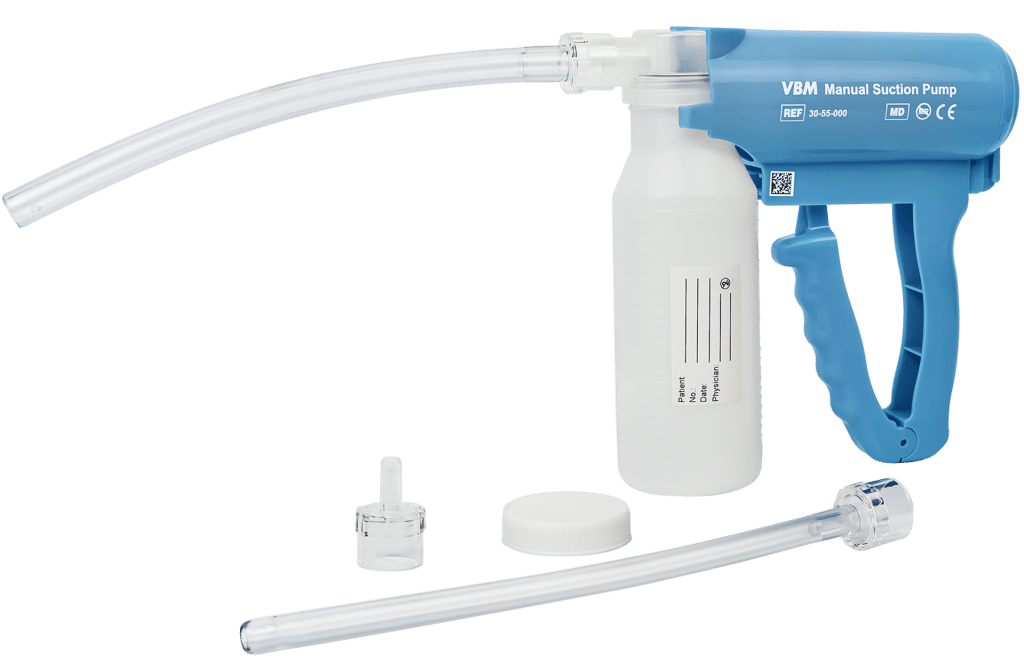
Clearly, a brush and net will not be sufficient to remove all of the trash, especially the pieces that have landed near the bottom of the pool. In addition, you will require a suction head that fits over your telescopic pole and is connected to a vacuum hose that draws in all the dirt. The hose should be attached to your pool’s filtration tank’s suction port.
Depending on your demands, there are several kinds of pool vacuums, but they usually have a rectangular shape with bristles surrounding it. A manual pool vacuum is operated by moving it across the pool’s bottom in the same manner as a carpet vacuum.
Maintenance for pool.
Maintenance for Pool: Using Net Skimmer
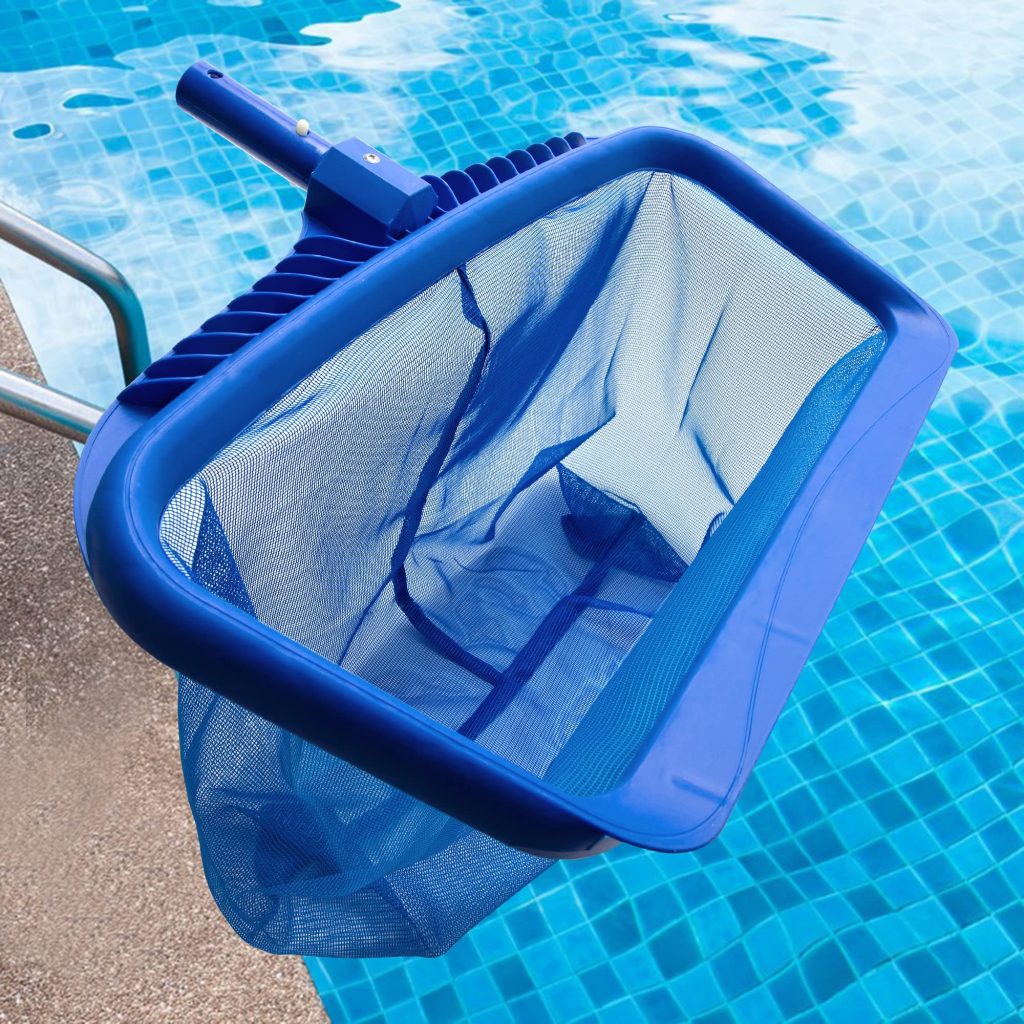
The skimmer net is the second most used piece of pool equipment, right after the telescopic pole. It is used to gather debris that may be floating on or just below the water’s surface, such as leaves, twigs, bugs, and pool toys.
There are two different types of skimmer nets: bag skimmer and flat skimmer. Frequently cleaning flat skimmers is an excellent idea because it makes it simpler to shake off trash. Although bag skimmers may store a lot more dirt, they are much more difficult to empty, particularly when they are wet.
READ MORE: How Does Swamp Coolers Work?
Ensure that the product you select is robust and unlikely to break easily. Additionally, remember to routinely clean your skimmer net.
Maintenance for Pool: pH Water Test
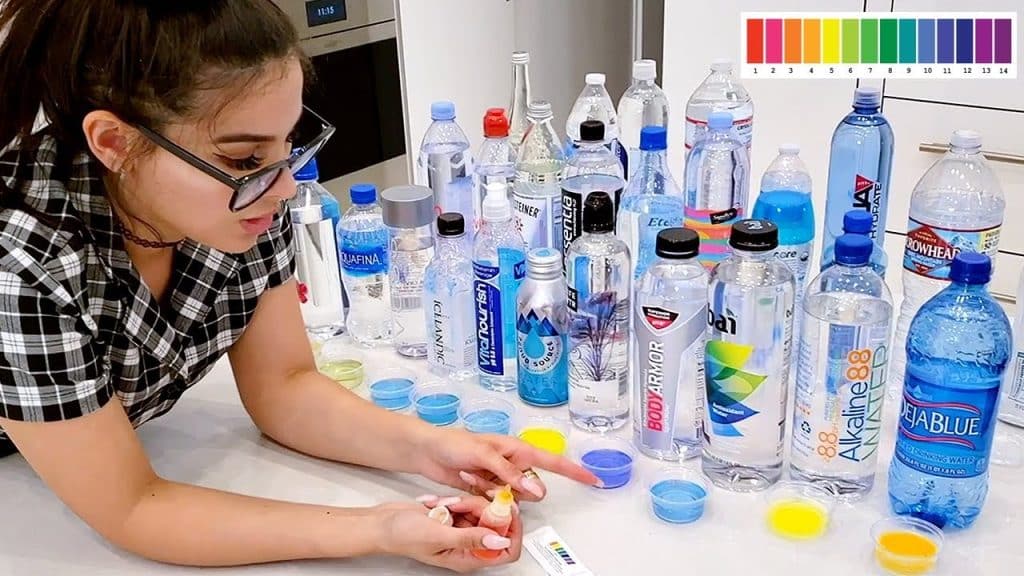
Chemicals are often used in pools to assist maintain their cleanliness. The chemical levels can be impacted by weather and misuse, so a water tester kit is needed to make sure the levels are within allowable bounds. You can add a pH reducer or increaser if they are not within safe bounds.
Maintenance for Pool: Using Automatic Swimming Pool Cleaner
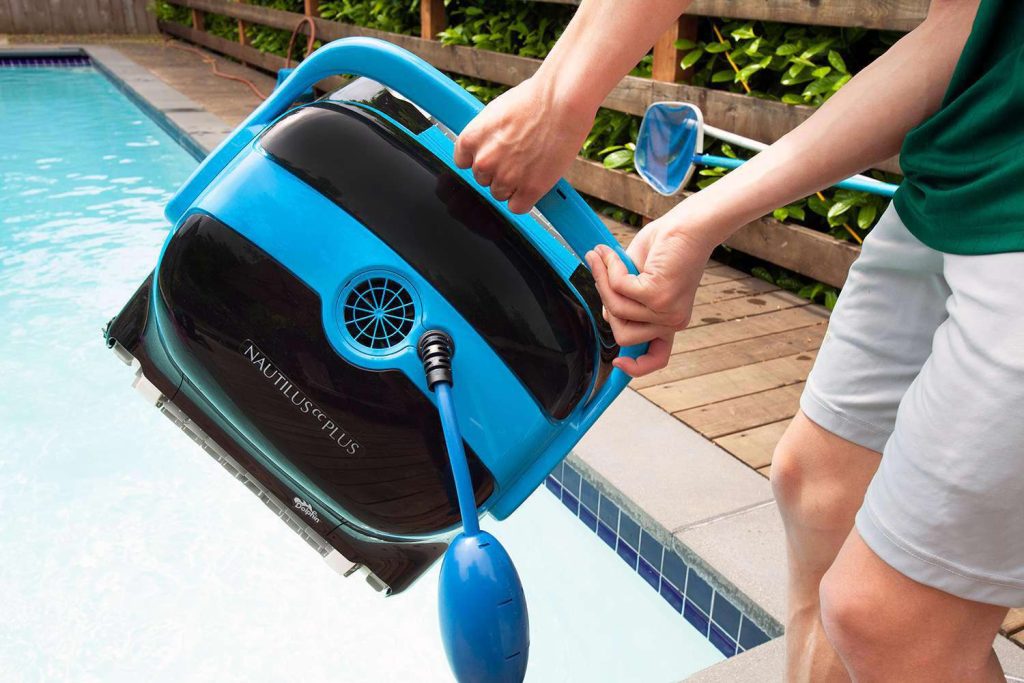
In essence, an automatic pool cleaner, often referred to as a robotic pool cleaner, is a vacuum that travels around the pool’s bottom and gathers debris on its own. It costs more than a manual pool vacuum, as you can expect.
An automatic pool cleaner comes in three varieties. Although rock-sized material can harm your pool’s filter system, suction side cleaners are no longer advised. Despite their ability to collect rocks, they are extremely powerful.
SEE ALSO: What is a spanner wrench? Uses, & Alternatives
Attached to the pool filter’s return jet, pressure side cleaners collect sediments in a detachable bag and remove debris from the filtered water. With its self-contained design and ability to do all the work for you, the robotic pool cleaner is the most efficient kind.
Maintenance for pool.
Maintaining for Pool Method
Now that you have everything you need, here are some ideas for using it to keep your swimming pool aesthetically pleasing and in good condition.
Skim the Surface of the Pool
Using a flat skimmer net to skim the surface of a little unclean pool is a first step you’ll need to get used to. Eliminate any leaves, other vegetation, and foreign objects that may have fallen into your pool. As part of your daily pool maintenance, you should schedule time to perform this to make sure your pool is clean.
ALSO: How Do Grades of Sandpaper Grit Differ?
Sweep the Pool Surrounding
After the surface is free of debris, use your pool brush to clean the flooring, walls, steps, and ladders. To brush inaccessible places and apply some force to remove dirt, extend your telescopic pole as necessary. This is something you can do once a week, so take advantage of it and cover every surface.
Maintenance for pool.
Clear The Pool Bottom
You’ll probably find some debris at the pool’s bottom if you’ve found any on the surface. You can remove those by vacuuming the pool floor, taking longer if you’re using a hand vacuum in places that appear dirtier. You just need to do this once a week, and don’t forget to always vacuum right after brushing.
READ: How to Rewire a Lamp in less than 10 Steps
Make Sure The Pool Filter is Clean
Check your pool filter as soon as it is clear and dirt-free. Clear the filter of any buildup, dirt, or debris that might be obstructing it.
Check The pH of The Water
It is now time to test your pool’s pH level to make sure there are no solid items that could be causing it to become dirty. It should be in the range of 7.2 and 7.6. To get the pH range of your pool right, add the increaser or reducer as necessary. To guarantee that using your pool is always safe, you can do this at least three times a week.
SEE: 10 Untapped Tips for Attracting & Managing a Garage/Moving Sale
Put in some Chlorine Tablets.
Lastly, sterilize the pool by adding chlorine pills. Recall to only add them via your skimmer, floater, or automatic feeder, following the label’s instructions.
It is crucial to adhere to the directions regarding the frequency of use of a 3-inch chlorine tablet, as it is intended to dissolve in seven days and sanitize 7,500–10,000 gallons of pool water.
Maintenance for pool.
Frequently Asked Questions on Maintainance for Pool
Basics of Pool Maintenance and Cleaning | Pool Care
Maintaining debris and “dead spots” clearance, water chemistry balance, and adequate filtration are all necessary to keep your pool looking fantastic. Making ensuring your water is circulating correctly is the first step in maintaining a clear and clean pool.
If the pool is not consistently maintained and cared for, it could result in a number of mishaps, illnesses, and infections. One of the numerous methods of swimming pool maintenance is keeping your pool clean. To keep your pool clean and clear, it’s advised to get it cleaned at least once a week.
A chlorine level of one to three parts per million (ppm) is the target. The amount of chlorine to add to a 10,000-gallon pool to raise the level by 1 ppm should be specified on the container.
In addition to routine chlorination, there is a protocol for using Clorox Disinfecting Bleach to disinfect swimming pools and stop the growth of algae. This involves super-chlorinating the pool on a regular basis, using 6–12 cups of bleach for every 5,000 gallons of water.
Final Thought on Maintainance For Pool
Although doing maintaininance for pool requires a lot of work, the days during the warm summer months when you get to enjoy it are well worth it! Maintaining the three Cs, circulation, cleaning, and chemical, will guarantee if the water in your pool is always safe for you and your loved ones to swim in.
Understanding how to properly winterize and heat your pool is essential if you want to use it all year round.
We advise getting a home warranty policy that includes coverage for pool damage because, of course, there are situations that are completely beyond our control.




